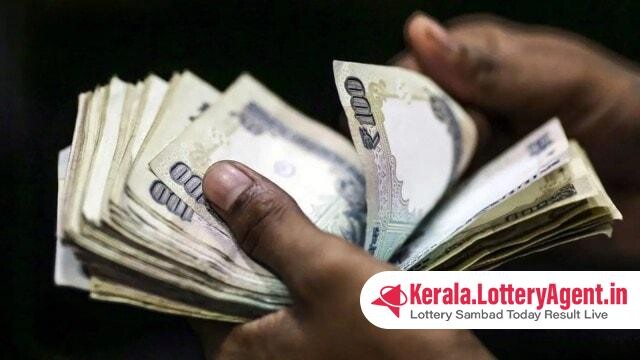
In a tussle between local equities’ support and the robust performance of the dollar overseas, the Indian rupee ended Monday on a steady note, netting an unchanged position of 83.31 against the US dollar as the closing provisional figure. The day’s events give us a glimpse into the intricacies of the foreign exchange market where multiple factors come into play to influence the strength of currencies.
The rupee began the trading session at 83.27 against the dollar at the interbank foreign exchange market and experienced fluctuations that saw it reach an intra-day high of 83.23 and a low of 83.33. Despite these gyrations, the currency closed flat at an unchanged 83.31 against the US dollar, mirroring its previous close.
This stability in the rupee’s valuation against the dollar on Monday followed a mild appreciation the previous Friday, where it had strengthened by 8 paisa to close at 83.31. Observers had noted the Reserve Bank of India’s (RBI) decision to maintain the benchmark interest rate at 6.5 percent for the seventh consecutive time as a backdrop to this minor uptick.
Anuj Choudhary, a Research Analyst at Sharekhan by BNP Paribas, commented that the rupee was expected to exhibit a slight positive bias due to increased global market risk appetite sparked by reports of Israel pulling troops from Southern Gaza. He cited potential Foreign Institutional Investors (FIIs) inflows and robust domestic market performance as supporting factors for the Indian currency. However, Choudhary also warned that the strength of the dollar, amidst investor caution ahead of forthcoming inflation data from the United States and India, could place a ceiling on any significant gains for the rupee. He projected the USDINR spot price to oscillate in the range of 83.10 to 83.50.
Adding to the mix was the movement in the dollar index, which experienced a marginal 0.07 percent increase to 104.37, likely influenced by diminished expectations of a rate cut by the US Federal Reserve—a sentiment fueled by a strong jobs report and hawkish comments from Fed officials last week.
A key element often impacting currency strengths and consequently the rupee, crude oil saw its prices decrease by 0.92 percent, bringing it down to USD 90.33 per barrel. Such price movements are crucial to countries like India, where oil imports can significantly affect the nation’s trade balance and currency valuation.
Simultaneous to these developments, the Sensex, on the domestic equity market front, surged by 494.28 points or 0.67 percent to close at a record high of 74,742.50 points. Accompanying this ascent, the Nifty saw a rise of 152.60 points or 0.68 percent, settling at an unprecedented lifetime peak of 22,666.30 points.
The trading behaviors of FIIs were also of interest as they emerged as net buyers in the capital markets on the preceding Friday, purchasing shares to the tune of Rs 1,659.27 crore, based on the exchange data procured.
Yet another encouraging sign for the Indian economy was the revelation of a surge in foreign exchange reserves, with the RBI reporting an increase of USD 2.951 billion, bringing the total to a robust USD 645.583 billion for the week concluded on March 29. This increment marked the sixth successive week of growth in reserves, a notable trend indicating bolstered economic defenses.
India’s financial landscape, as mirrored by the performance of its currency, continues to dance to the tune of a variety of national and international economic orchestrations—ranging from domestic equity valuations and oil price shifts to global investor sentiment and policy decisions by core central banks. The flat note of the rupee against the dollar, thus, captures a snapshot of a dynamic, interwoven financial world where every player’s move can sway the balance.












